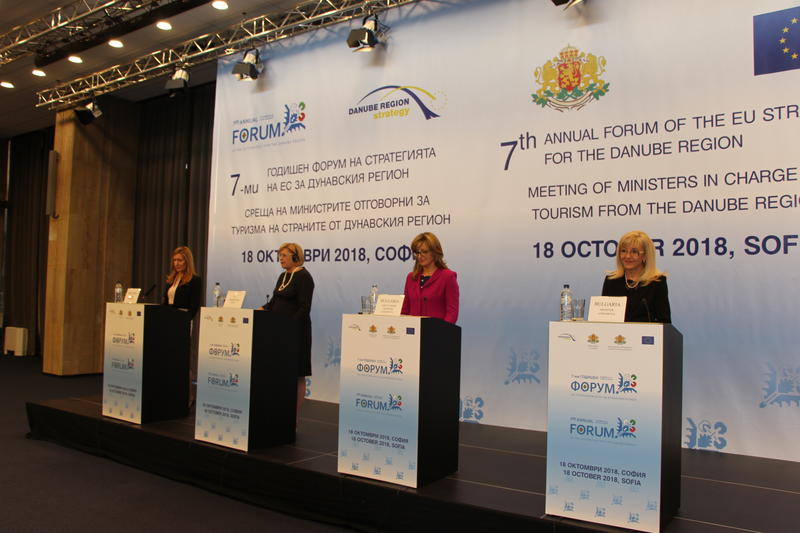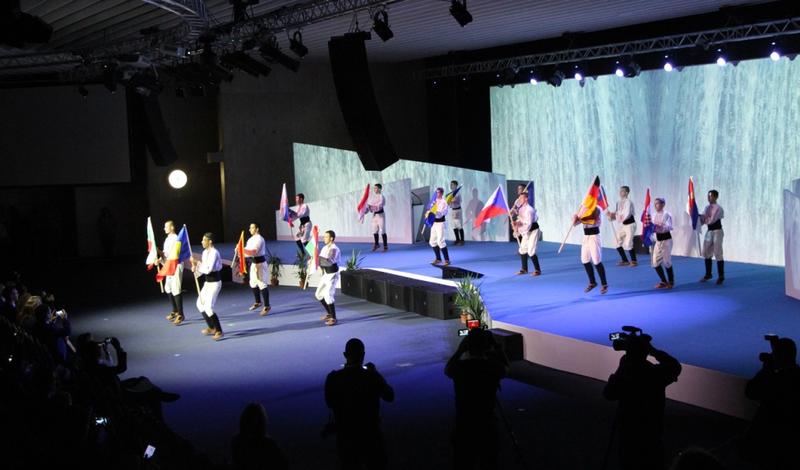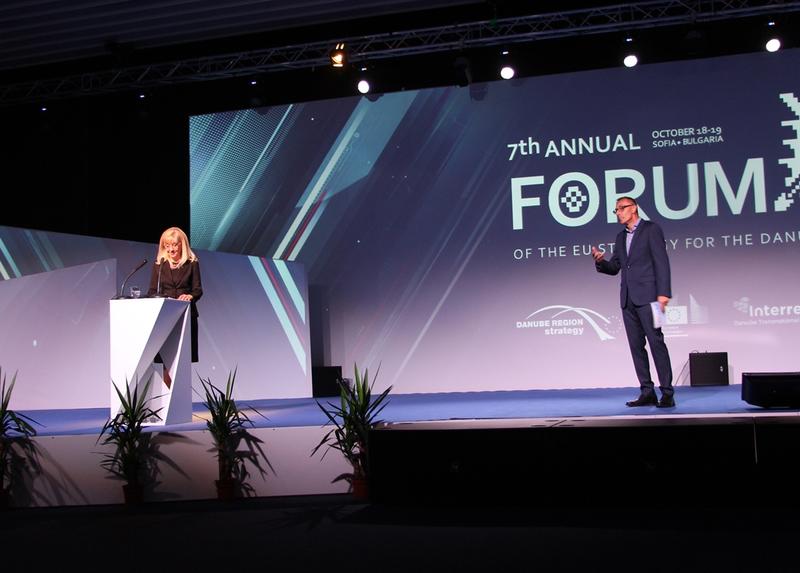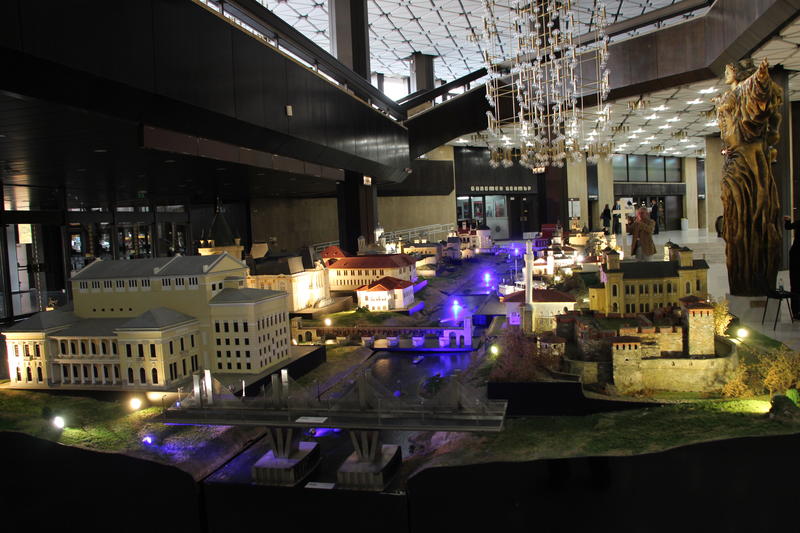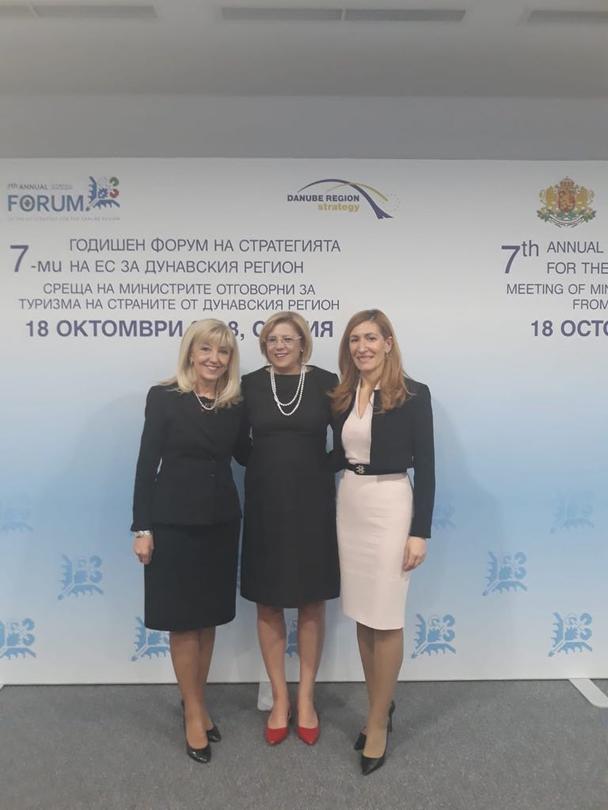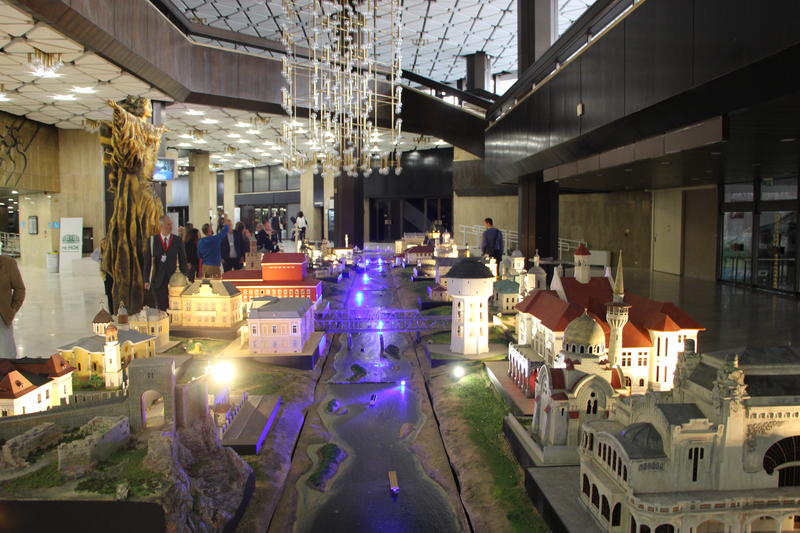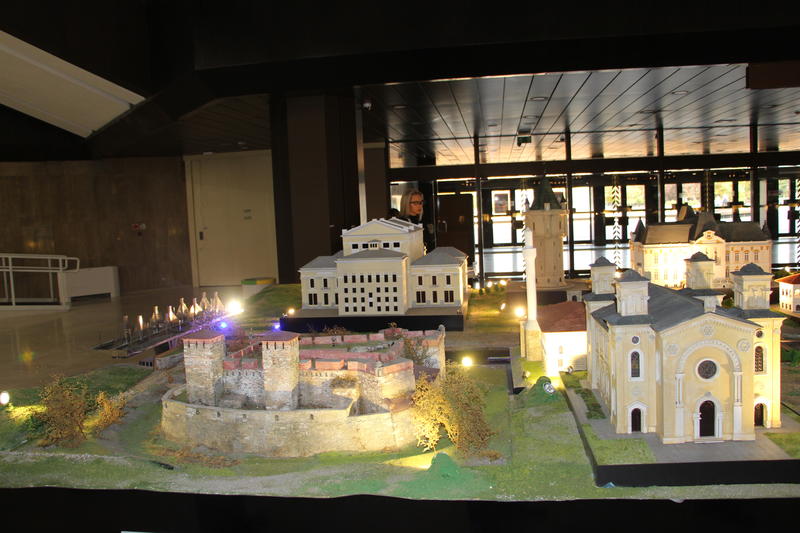Petya Avramova, Regional Minister: The Danube region needs strategic projects with high added value
Petya Avramova, Regional Minister: The Danube region needs strategic projects with high added value
By Ministry of Regional Development and Public Works
It is important to build further the trans-European corridors across the Bulgarian territory
The Bulgarian Presidency was able to contribute to the development of the EU Strategy for the Danube Region. But Europe is changing and the time is ripe for a change in the Strategy as well. People want visible results and expect us to deliver these.
This was said by Petya Avramova, Minister of Regional Development and Public Works, at the opening of the 7th Annual Forum of the EU Strategy for the Danube Region.
There are currently many small-scale projects of local nature under way. At the same time, the region needs strategic investments with high added value that are of relevance for everyone. It is not the quantity of projects that is important, but rather their global effect on the Member States, Petya Avramova stressed. She pointed out that the Danube River should be the focus of the countries in the region. It is a unifying, invaluable natural resource and development potential, and therefore efforts should be aimed at improving its navigability. This would mean carriage of more goods and passengers, more extensive development of cruise tourism, and hence better opportunities for business creation and economic activity.
Minister Avramova noted that similar projects were currently being implemented. One of which involving 6 Danube countries, worth € 24 million, contributes to marking the waterway. Under this project, Bulgaria received a hydrographic survey launch which collects accurate data about the changes in the critical sections of the river. Removing (dredging) silt from the bottom of the river is another project that deserves attention. But the need for such investments is much greater.
It is equally important to develop transport links by completing the trans-European Corridors 4, 8, 9 and 10, a precondition for the development of trade, industry and investment attraction. The construction of a third bridge on the Danube at Rousse, and that of several alternative bridge routes crossing the Danube, are not projects of local importance. They are important for the whole region, as the traffic along the Corridor 9, which starts from Helsinki via Kiev, Chisinau, Bucharest and ends at the Aegean Sea across Bulgaria, is constantly increasing. On Bulgarian territory it crosses the Corridor 8 - a connection between the Adriatic and the Black Sea - and the Corridor 10 connecting Salzburg with Thessaloniki and by a branch with Istanbul. Of equal importance is to construct on our territory the Vidin-Botevgrad highway, a part of the trans-European Corridor number 4, and also to finish the Hemus Motorway. The improved transport connectivity will ensure maximum load, open up additional opportunities for movement of goods and services and development of tourism. Therefore, after 2020, it might be useful if new, complementary and flexible forms of funding were to be provided, the Regional Minister said.
Welcoming remarks were also extended on the floor of the forum to the participants by Deputy Prime Minister Ekaterina Zaharieva, Commissioner Corina Crețu and Minister of Tourism Nikolina Angelkova. A special guest at the forum was also the EU Commissioner for Education, Culture, Youth and Sport, Tibor Navracsics.
EU Commissioner Corina Crețu and Deputy Prime Minister Ekaterina Zaharieva supported the view that common solutions should be sought to overcome the interregional differences through real and more significant investments. According to Commissioner Crețu, the countries in the region should speed up their joint work in order to achieve visible results for people. „We hope that just such growth generating projects will be implemented during the Romanian Presidency of the EU Strategy for the Danube Region, she said. According to Minister of Tourism Nikolina Angelkova, the countries in the region should promote the new Danube tourism brand and turn the region into an attractive tourist destination because it has beautiful nature and a rich cultural and historical heritage”.
Nearly 900 people from 32 European countries took part in the 7th Annual Forum of the EU Strategy for the Danube Region. The official opening began with a 3D mapping presenting the beauty and richness of the natural, cultural and historical heritage in the Danube region. A unique model of the Danube basin from Vidin to Silistra was made specially for the event at the National Palace of Culture showing all emblematic buildings along the Bulgarian and Romanian riverside.


